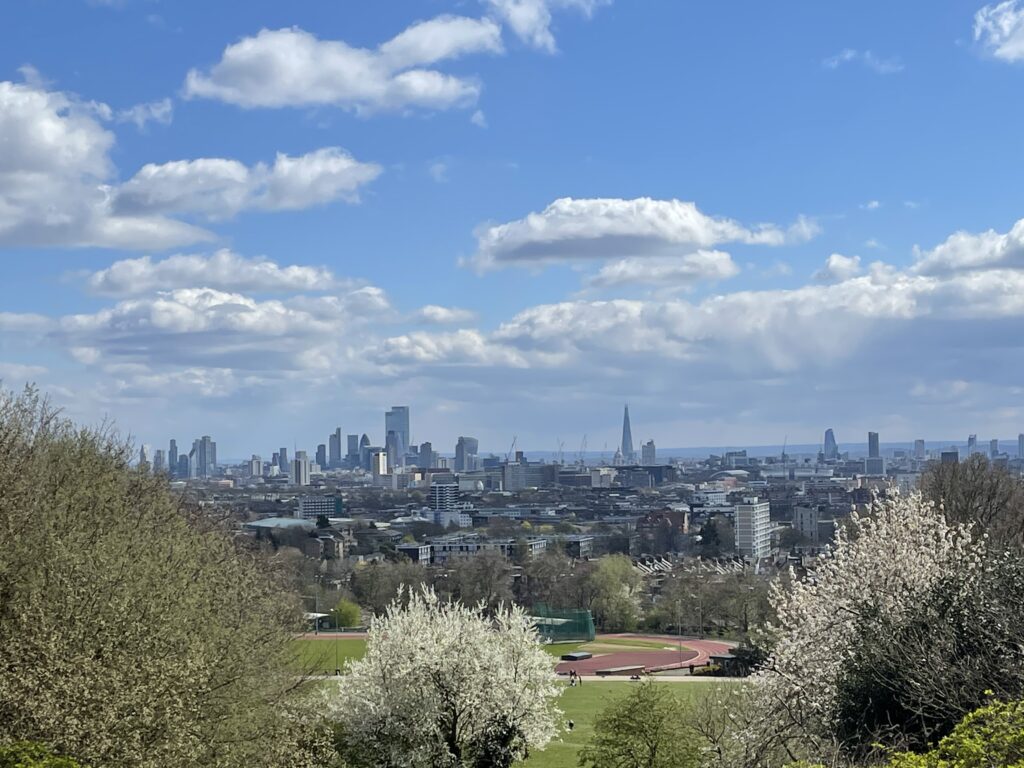
I am a meditator. It started during the pandemic. I’d open the Calm app most days and listen to the daily meditation. Then I discovered Waking Up, an app by Sam Harris, and completed the month-long introductory course. Now I use both apps. I don’t practise every day, although I know I should. Here’s my attempt at a guided meditation.
Meditation in an emergency…
Close your eyes and start by taking some deep breaths.
Focus on the breath. Cover it with your awareness. Follow every moment of it. Find the area where the breath is most clearly felt. It could be the nostrils, the chest, the abdomen.
There may be sounds coming from outside. A car, a neighbour. Or noises from another room. Just observe them. Think about how they emerge as if from nothing and then disappear again. They’re not permanent. They’ll pass.
Are you still focusing on the breath? Like sounds, thoughts will arise when you’re meditating. Sometimes they’re benign, like what you’re planning to do later. But at other times they can be coloured by anxiety, stress, anger, frustration, shame, regret. You may think about work, negative interactions you’ve had, things you shouldn’t have said or done. Moments when you’ve hurt someone, when you’ve lost control. It’s important that when any thoughts emerge, you don’t fight them. Just acknowledge them. They’re not permanent. They’ll pass. Those thoughts are not you.
When you notice that you’re distracted, that a thought has taken you away from the breath, that’s OK. Allow yourself to begin again, focusing on the breath.
Now, ease your awareness and let the breath flow naturally.
When it feels like all around you is in chaos, it’s easy to internalise that and feel chaotic yourself. But I’ve found that if you keep practising at paying close attention to consciousness, a calmness will emerge.